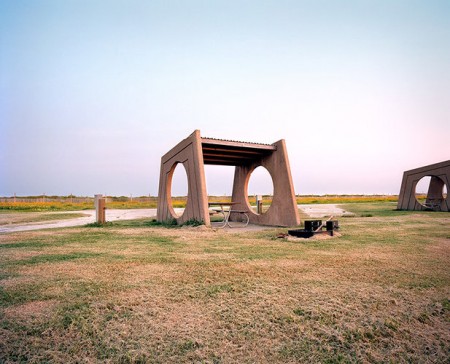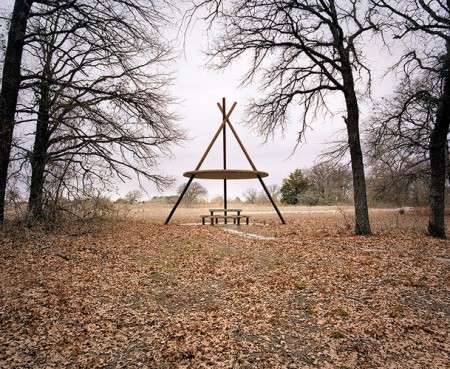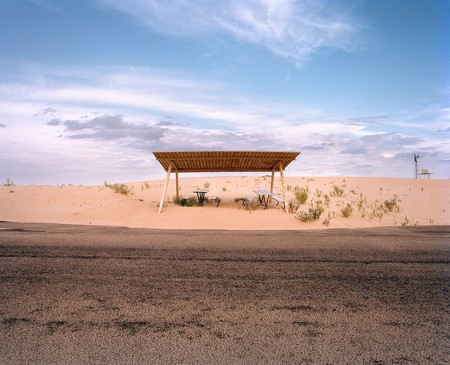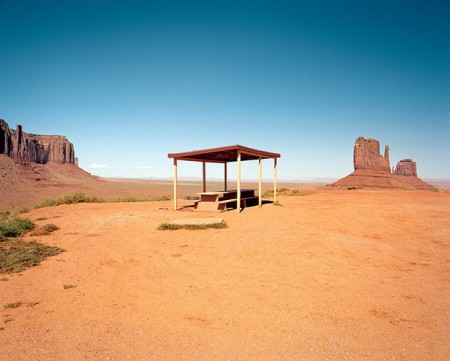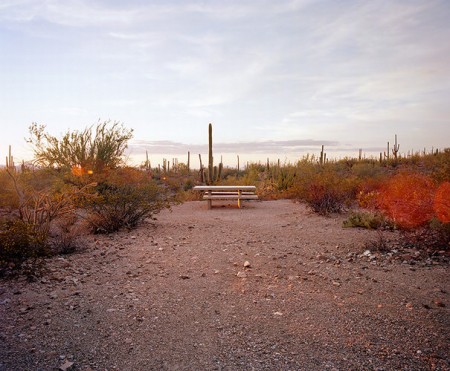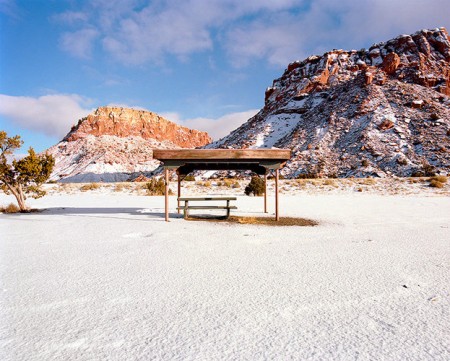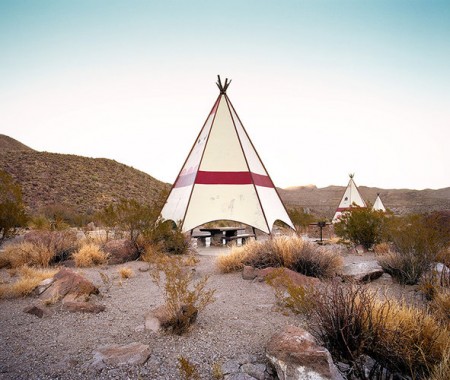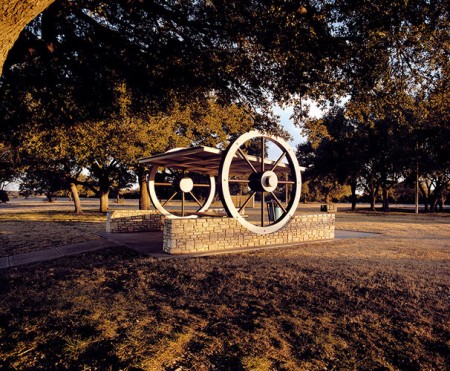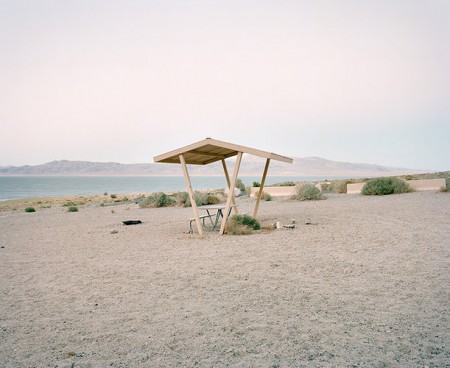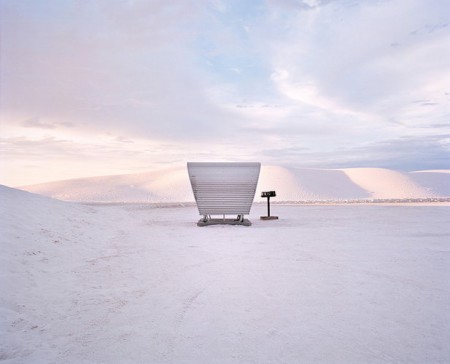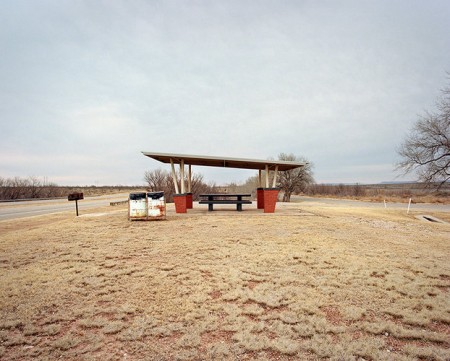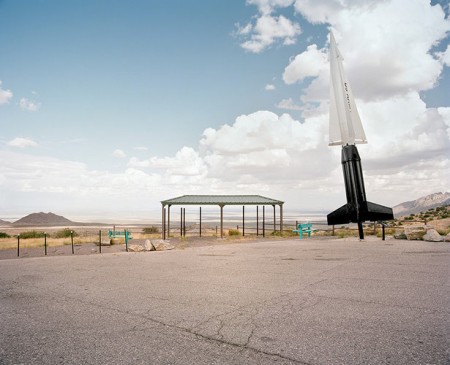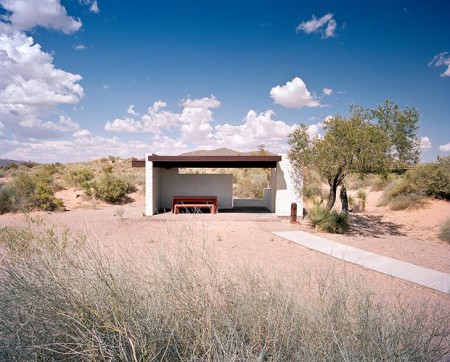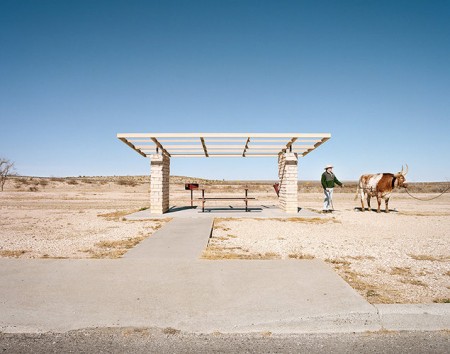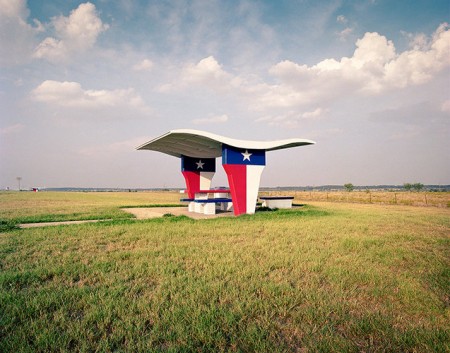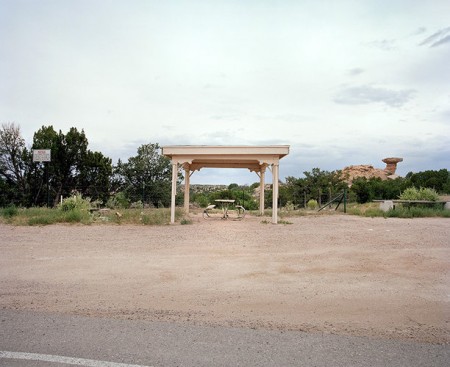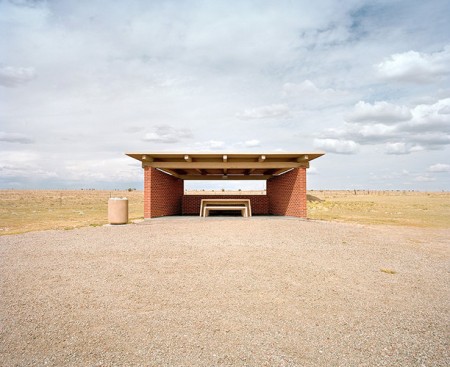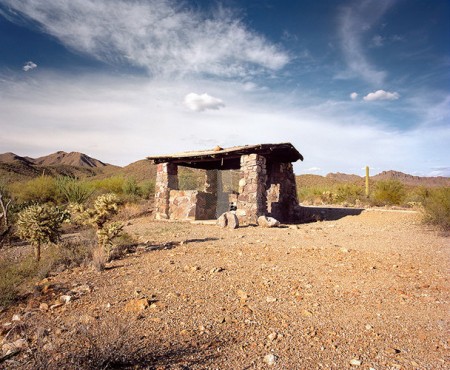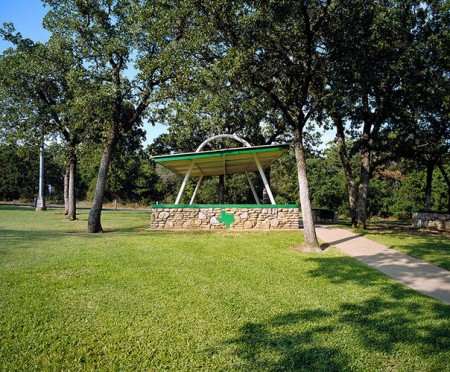14\06\2013
Written by Daan Rombaut
Rest Stops: Vanishing Relics of the American Roadside
A couple of years ago, American photographer Ryann Ford set out to document one of the last strands of disappearing Americana: the roadside rest stop. Ford had always been attracted to these desolate places ever since she moved from California to Austin (TX), but began her mission when she found out many rest stops were being torn down due to exuberant maintenance costs. Some of the rest stops require $16,000 of maintenance a month, which some states aren’t willing to spend so they rather tear down these now little used rest stops.
Rest stops used to be part of the American highway as cars become available for the majority of the population in the 1950s and 60s. This new evolution also incited a new way of vacation: road tripping. To cater to families driving through the country, the U.S. highways cleaned up the roads from coast to coast and installed safety rest areas. This Federal Aid Highway Act gave the highways a homogenous look, yet luckily the seperate states were allowed to determine the aesthetics of their own facilities. This resulted in a diverse range of state ‘welcome’ signs, together with self-designed rest stops breathing each state’s own brand identity.
Ford has now shot over 100 of these rest stops and plans her Summer trips around them and, as maybe one of the last, uses them to picknick, relax and enjoy often magnificent sceneries. She has travelled over 10,000 miles to capture them on film, before all of them will disappear. The majority of the remaining ones are to be found in the Southwest because of its rural landscape and larger distances between cities.
Did they disappear out of our lust for coffee, lack of petrol stations, our laziness to pack lunch for roadtrips, or the call of fast food? Ryann Ford: “Literally, before our eyes, rest stops are vanishing from the landscapes of America. All over the country, rest areas are losing the fight to commercial alternatives: drive-thrus at every exit and mega-sized travel centers offering car washes, Wi-Fi, grilled paninis and bladder-busting sized fountain drinks. They’re on the chopping block for many states, their upkeep giving way with tight highway budgets. Louisiana has closed 24 of its 34 stops, Virginia, 18 of its 42; pretty much every state in the country has reduced its number of rest areas, or at least cut operating hours. And they’re not just being closed, they’re being demolished. “They’re just toilets and tables;” you might say. But if you take a closer look, you will see that they are much more. For the past 53 years, rest stops have given us rest, relief, hospitality and nostalgia. They have been an oasis of green to walk your dog, have a picnic, study the map. For some, what was seen and read at rest stops could be all that was known of a region’s historical, archeological, geological, or cultural significance. Many people these days only know of rest stops as a blur from the car window. Many don’t know the historical significance of these quirky little roadside relics.”

